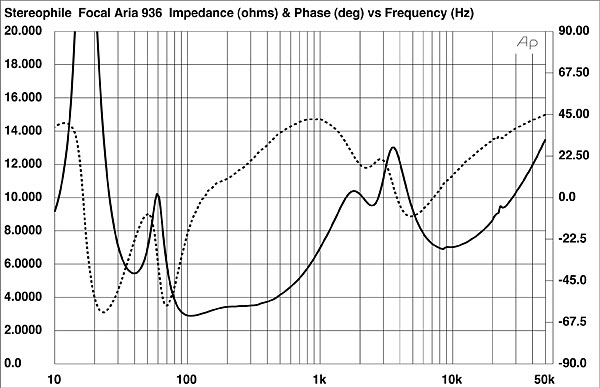What i found was that almost all other cables, deviated from the reference, more so than even a standard zip cord. This suggested to me that the more complex the design, the more it deviated from the ideal. From that i concluded that zip cord would be more appropriate for most situations and that a lot of manufacturers do not address the areas of concern. Many of them claim to address skin effect errors but measurements show to be no better than standard and often was significantly worse.
LS-25 was of exception however, in which i could not reliably tell the difference between this and my reference. The engineering also agreed with my understanding of transmission line theory. So i merely keep it for physcological satisfaction. However i would still be happy with a standard cable if my hand was forced. I have always felt though that the high frequency does roll off a touch, which the LS-25 appears to fill in. Though i do admit i could be imagining this.
There is no argument on my part however that there are differences to be heard, its just that the differences are almost always worse.
May I ask what is your "reference". Thanks.



